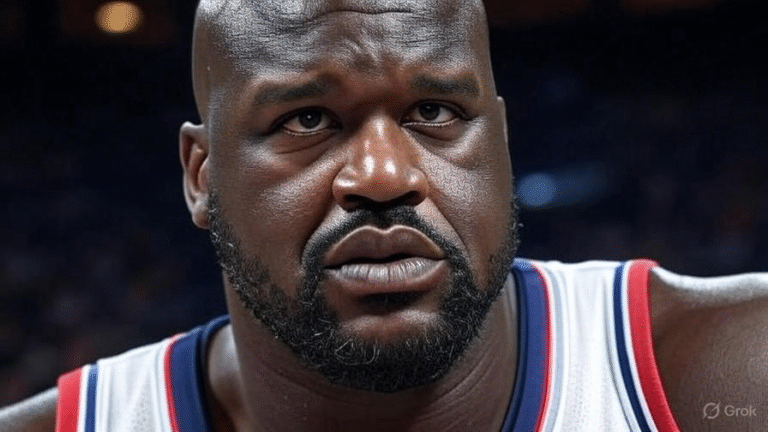
This column delves into the unsettling reality of sex trafficking. If you or someone you know is in danger or trapped in an unsafe situation, there is help. The National Human Trafficking Hotline operates 24/7 at 1-888-373-7888 or by texting 233733.
As the trial of Sean “Diddy” Combs unfolds, the public is witnessing a rare, high-profile case tied to human trafficking. Yet, behind the courtroom drama, there is an often-unseen audience: victims of sex trafficking who are yet to recognize their own exploitation.
At Restore NYC, an organization dedicated to supporting survivors of trafficking across the United States, we often hear the same question from those we serve: “If they weren’t physically restrained, why didn’t they just leave?” The answers vary. Some victims fear deportation or lack the financial stability to escape. Others remain trapped due to abusive relationships or a lack of resources. What’s more surprising is how many victims stay without realizing they’re being trafficked at all.
So, how does this happen?
Media Misrepresentation: Sex Trafficking in Film and TV
Movies and TV shows often portray sex trafficking in two extremes: a dramatic kidnapping scenario, where an innocent woman is saved by a hero, or a glamorized version of a woman’s life in the sex trade. While both portrayals may be legally accurate in some instances, they create a skewed perception of what trafficking truly looks like.
These portrayals reinforce unrealistic expectations, leaving victims unable to identify their own experiences in such narratives. They create a false dichotomy—either a helpless victim or a glamorous seductress. This oversimplifies the complex realities of sex trafficking, especially for women of color, whose stories often go unheard in the media.
A Call for Accurate Depictions
The sensationalized media often overlooks the slow-burn exploitation that traffickers engage in. Many victims face economic coercion, emotional manipulation, or grooming. This happens in broad daylight, often in urban centers, with men in positions of power preying on the vulnerabilities of women. When the media portrays trafficking in such a one-dimensional way, the real struggles of victims are minimized.
At Restore NYC, where Black and Latina women represent 88% of trafficking survivors, it’s crucial that we shift the narrative. The stories of these women need to be told more accurately and with the nuance they deserve.
Traffickers Exploit Media’s Disconnect
“I’ve worked with victims who initially didn’t even recognize they were being trafficked. They believed it was just part of the hustle,” said Lenore Schaffer, Restore’s chief program officer. “Some victims have been conditioned to normalize the objectification of their bodies. Traffickers exploit this conditioning.”
For decades, pop culture has blurred the lines between empowerment and exploitation. For instance, the Oscar-winning song “It’s Hard Out Here for a Pimp” presents pimping as a tough but noble hustle, rather than the system of exploitation it is. Similarly, the popular flavor “The Salty Pimp” at Big Gay Ice Cream Shop casually normalizes sexual exploitation, despite backlash over the name. This trivialization contributes to the invisibility of traffickers and the ignorance of victims.
Normalizing Exploitation
This casual normalization of exploitation helps traffickers operate in plain sight, keeping victims unaware of their abuse. When pimps are turned into cartoonish Halloween costumes, their real-life violence and manipulation are overlooked. It is this disconnect between reality and media that traffickers prey upon, preventing victims from recognizing their own exploitation.
“One survivor stayed with her trafficker for years because he introduced her to influential industry contacts and lavished her with gifts. Though she realized she was being exploited sexually, she didn’t see it as trafficking. In her eyes, it was a mutually beneficial relationship,” Schaffer shared.
A Moment for Reflection
As we watch Diddy’s trial unfold, we must resist the temptation to force victims into familiar molds. This case offers an opportunity to reflect on how our culture, media, and language can inadvertently downplay the violence against women. It’s vital that we ensure the real experiences of trafficking survivors, particularly women of color, are not erased in favor of spectacle.



